Perfectly precise cuts in wood are easy to achieve with a compound miter saw. Featuring a blade that can be rotated for different angles, this particular type of saw is primarily used for cutting molding and trim.
When it comes to compound miter saws, there are two distinct varieties: sliding and non-sliding. A sliding model features a blade that glides across a track, allowing for increased flexibility. Conversely, a standard non-sliding version lacks this capability.
When preparing to utilize a compound miter saw, the first step is to identify the correct blade. Figure out what type of materials you are planning on cutting, as there will be entirely distinct blades for wood and metal.
To begin, it is essential to adjust the blade to your desired cutting angle. Generally, 45 degrees and 90 degrees are the most frequently used angles. However, in order to set this, you will need to unscrew the blade clamp and rotate the blade to the preferred inclination.
With the appropriate tilt adjusted, you are ready to begin cutting. To achieve a straight edge, guide the blade along the outline of the material. For a miter cut, make sure to keep the blade parallel with the marker line on your chosen substrate.
For a precise bevel cut, you will have to angle the blade in the desired direction; typically, a 30 or 45 degree bevel.
After you have achieved the desired shape, detach the blade anchor and withdraw the knife from its material.
A compound miter saw can be a great asset for creating accurate and precise cuts. Once you have become accustomed to the saw, you will be able to make near perfect cuts with ease.
Related Product

High Speed 12V Power Tools With Lithium Battery
Product Description Power Source Electric Biggest drill hole 16mm Customized support OEM Application Industry Dimensions 32mm Hammering frequency 6200 Frequency 6200 MOQ 1PCS Max. […]

High Quality Multifunction Battery Powered Drill For Sale
Warranty 1 years Voltage 21V Place of Origin China Brand Name MSK Model Number MSK-PT Power Source LI-ION BATTERY No-Load Speed 1350prm Drilling Diameter 10mm Features 1. Strong to […]
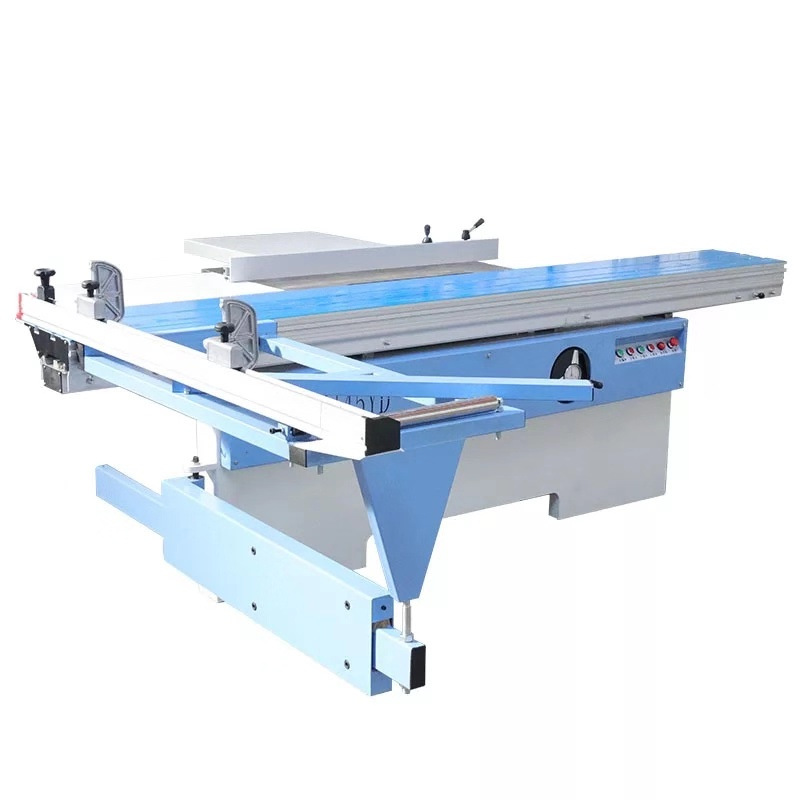
Miter Saw Trim Panel Machine
Product Information Brand MSK Maximum Processing Thickness 80 (mm) Type Panel Saw Maximum Processing Width 1250 (mm) Forms Of Work Fully Automatic Total Weight 600 (kg) Rate […]
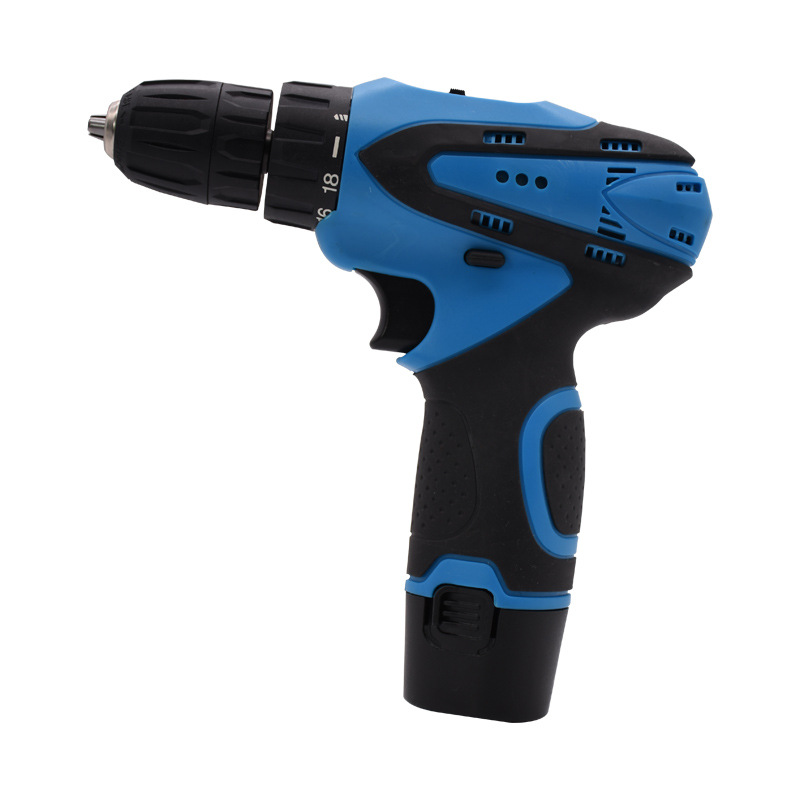
Power Tools Lithium Battery Power Drill Impact Drill
Product Information Brand MSK Power Type Rechargeable – Lithium Battery Technology Drill Holding Method Drill Chuck Forward And Reverse Direction About Scope Of Applic […]
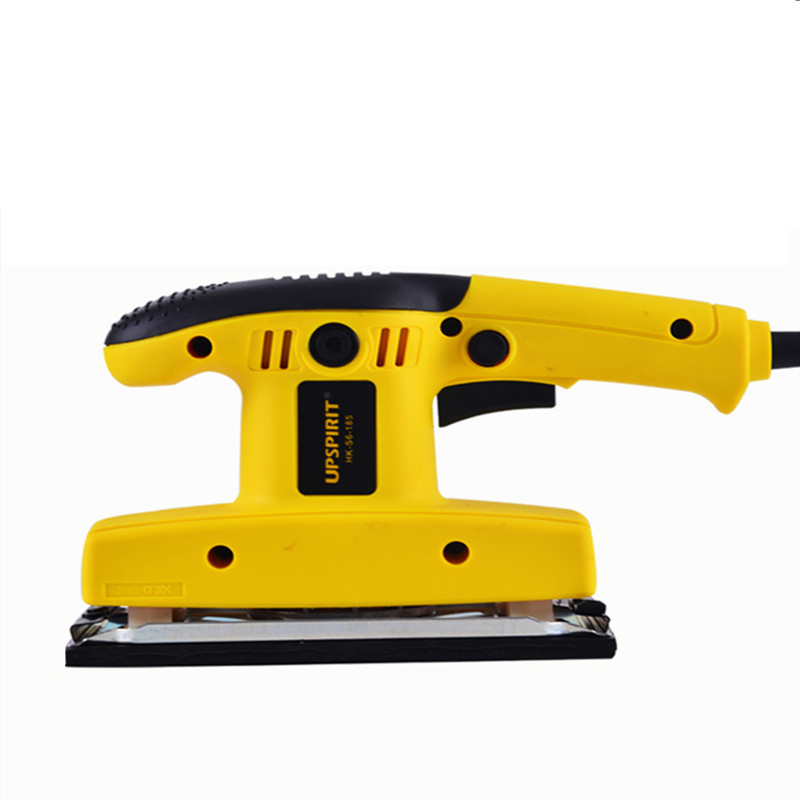
Belt Machine Floor Sander
Product Information Brand MSK Sandpaper Size 110*100 Scope Of Application Woodworking, Sheet Metal Putty, Facade, Metal Derusting And Polishing Appendix Export Standard, Eur […]
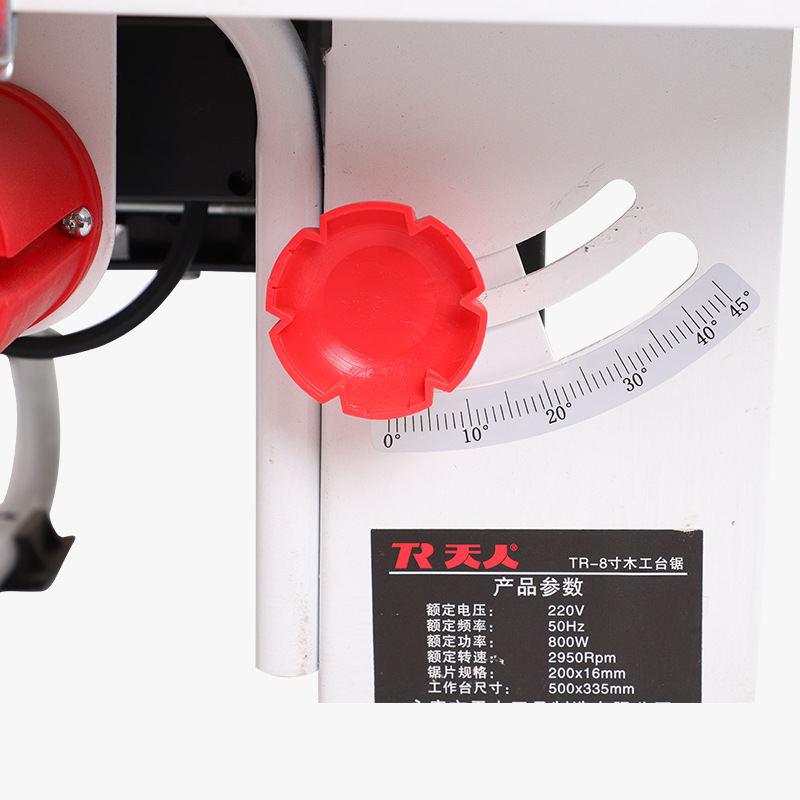
Woodworking Tools Woodworking Table Saw
Product Information Origin MSK Rated Voltage 220V Type Table Saw Scope Of Application Home Renovation Cutting Depth 45-27 (mm) Power Type AC Power Rated Input Power 800 (W) […]
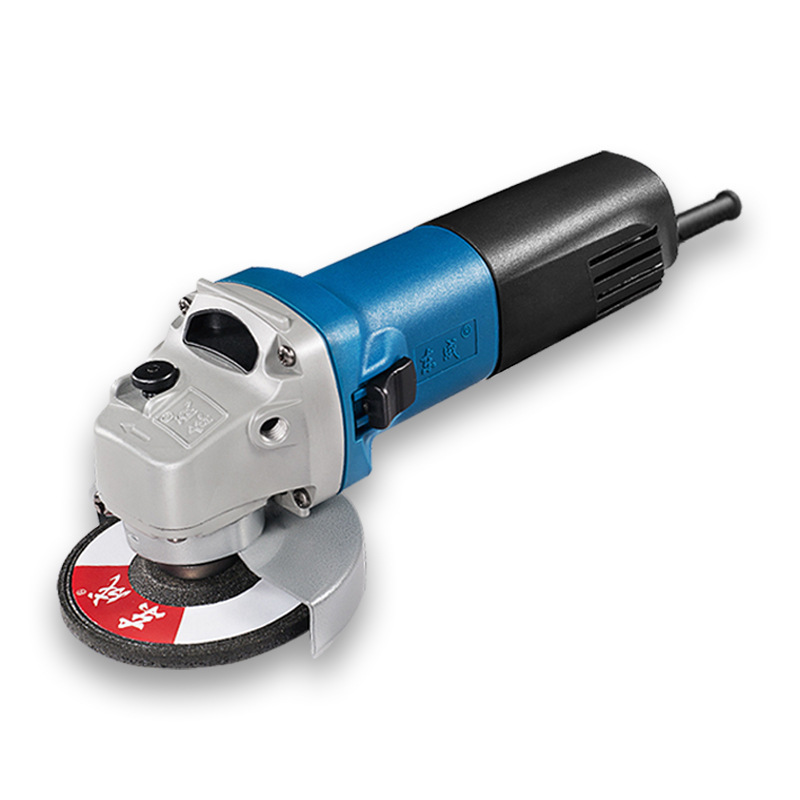
Home Cutting Machine Hand Grinder Power Tools Grinder
Product Information Brand MSK Model Electric Angle Grinder Scope Of Application Cutting, Grinding Appendix Wrench, Carbon Brush Rated Voltage Range AC Single-Phase And DC 50 […]
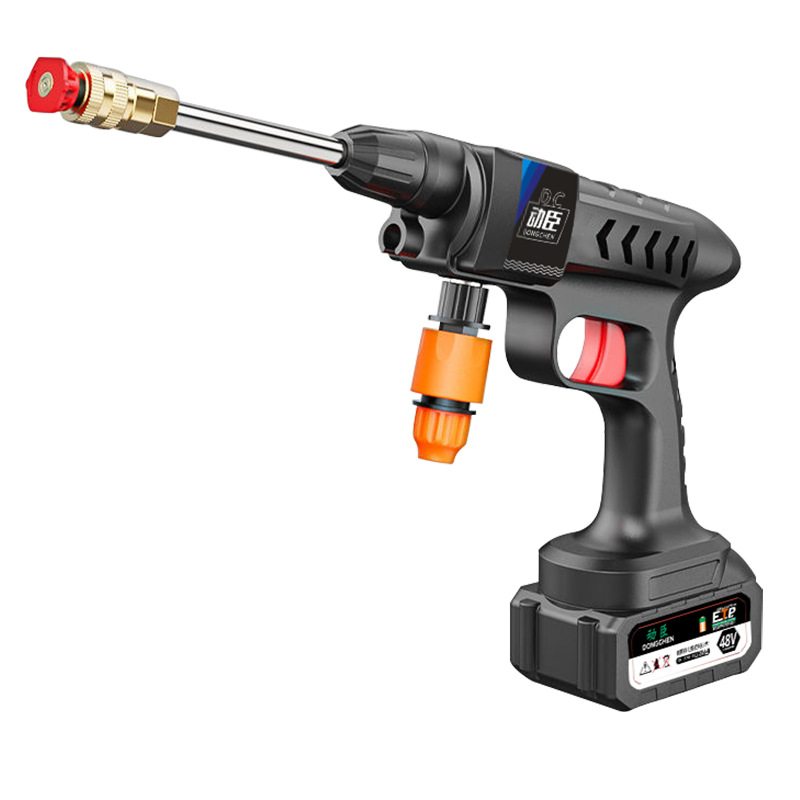
Factory Wholesale High Pressure Water Gun Wireless Lithium Battery Car Wash Gun Charging Portable Car Wash Machine Brush Car Wash Machine
Product Information Brand MSK Work Pressure 30bar Material ABS Flow 3L/min Outlet Pipe Length 5 Meters Weight 2.5kg Power Cord Length Charger 1 Meter Power 180W/360W Power S […]
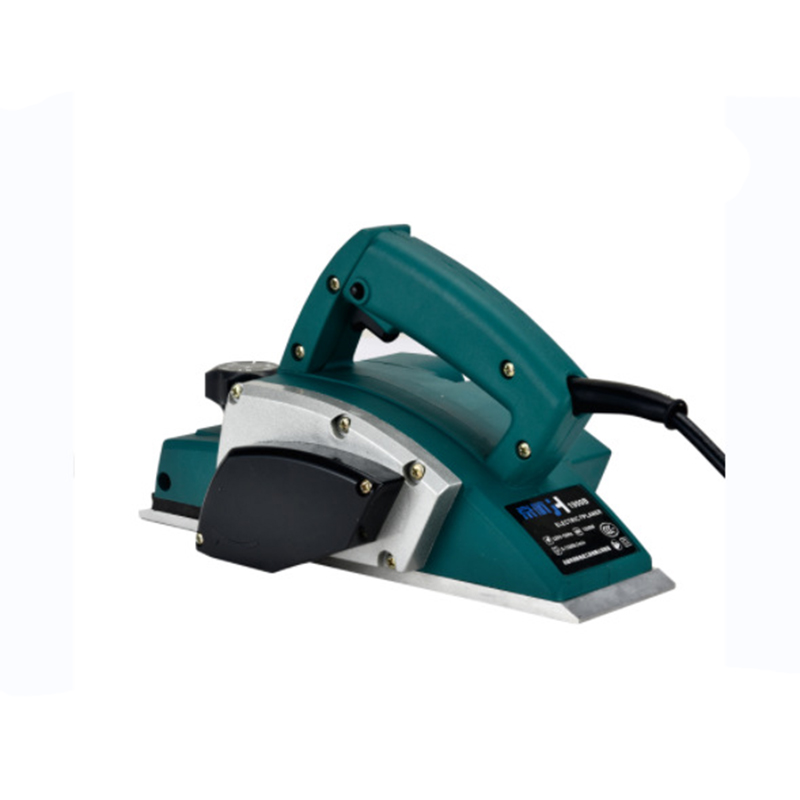
Wookworking Tool Electric Hand Planer
Product Information Brand MSK Power Type AC Power Power Cord Length 1.8 Rated Voltage Range AC Single-Phase And DC 50V Above 250V And Below Scope Of Application Carpentry Vo […]
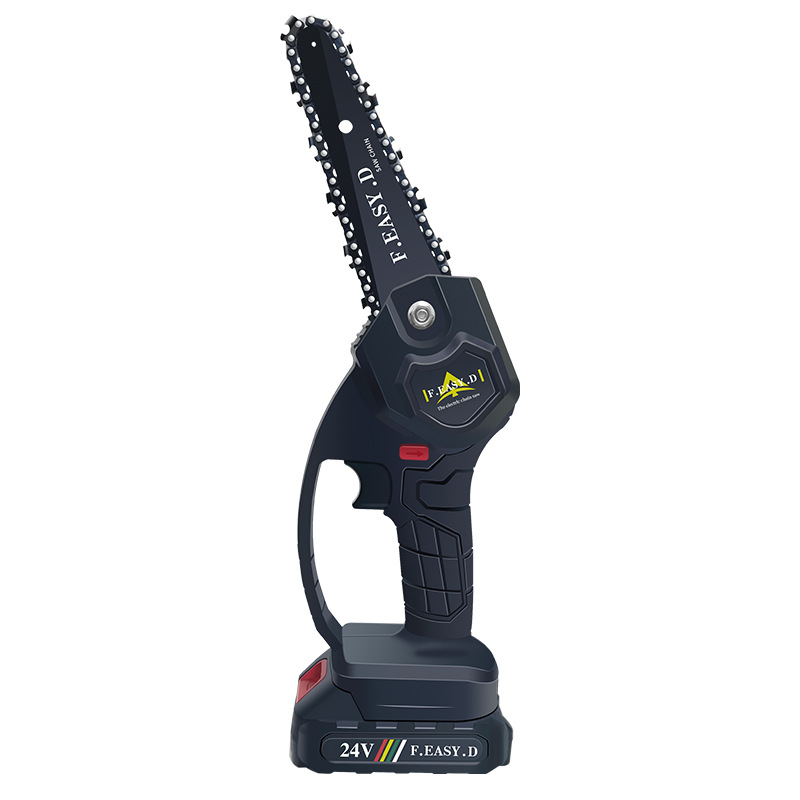
Battery-powered Cordless Chainsaws
Product Information Brand MSK Voltage Twenty Four Battery Power 2000 Standard Accessories Guide Chain Scope Of Application Pruning, Logging, Cutting Power Type Rechargeable […]
Post time: 2023-06-25
